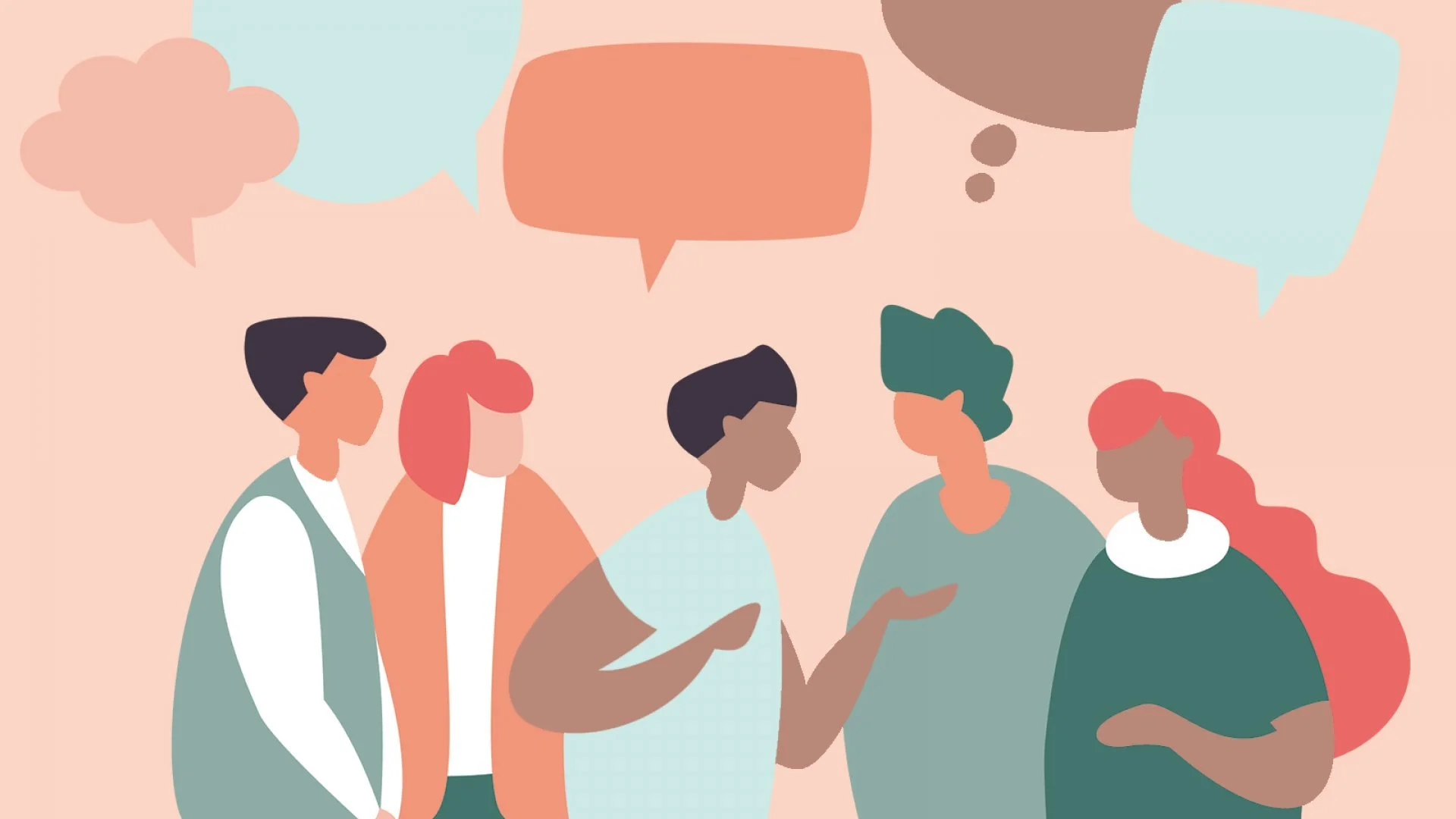Most folks are aware of our fight or flight response triggered by stress. But there are many more layers to our brain’s responses, which affect our daily interactions and our personal reactions. The Academy of Brain-based Leadership has a model called S.A.F.E.T.Y. that dives into your brain’s psychological safety needs. They describe:
The S.A.F.E.T.Y.™ Model describes six domains of threat or reward that are important to the brain. Understanding the needs, rewards, motivations, biases and stress triggers of each domain can provide valuable insights into yourself and others and help improve interactions, teamwork and productivity.
The six domains are Security, Autonomy, Fairness, Esteem, Trust and You.
Learning about your own triggers is almost as important as understanding all of them that exist. It can fundamentally change the way you interact with your team - how you ask questions, what language you use to present ideas, who you ask to work together, how you discuss setbacks or failures.
STAND-UP EXERCISE
Ask your team to take the free assessment to learn their individual top domain. Have the group self-identify and tally how many of each domain exist in the team. Discuss if they were surprised by or validated by their results. (Several folks on my team said they were a bit embarrassed by their results, which was an interesting opener to a discussion.) Discuss how you might use this knowledge going forward to identify the unconscious biases driving decisions and behavior, or how this might change how they motivate or reward the team.
Note: My team uses Miro to drive engagement during discussions.

